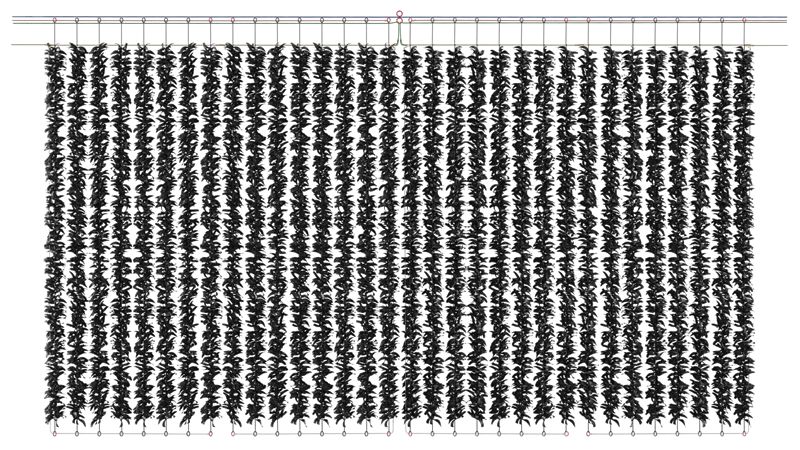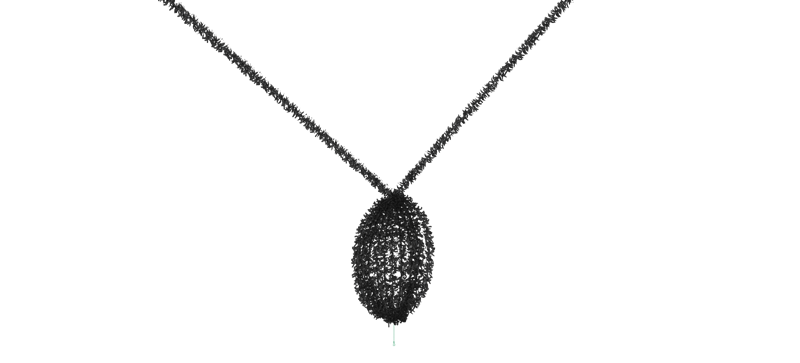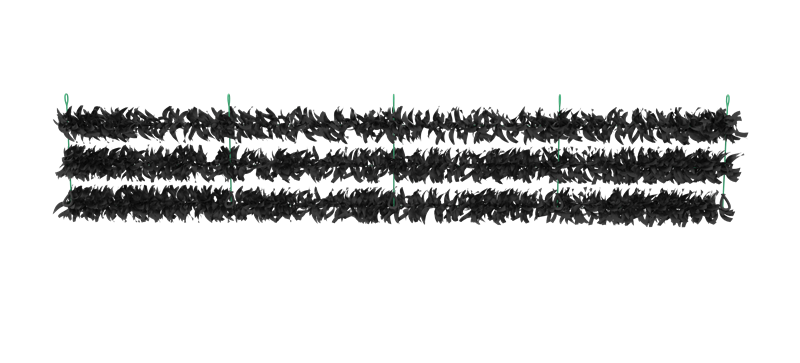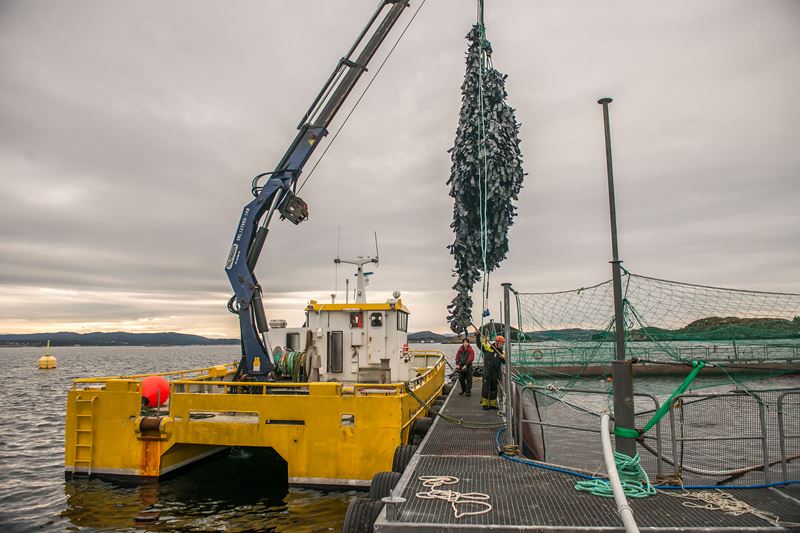Lumpfish and wrasse are cleaner fish that have many similar needs but that are different in biological terms, and it is important to adapt the pen regardless of whether one or both species are used. We want the fish to be at the same level as the salmon, which is to say in the main shed where the delousing mainly takes place. However, temperature fluctuations and currents cause the cleaner fish to leave the location we prefer. This means it’s important to be aware of the fish’s biology and behavioural patterns to protect it from hazards and give it the opportunity to return to safe areas where it may continue to graze on the salmon.
Main shed for lumpfish and wrasse
Cleaner fish need sheds and resting places. The main shed benefits both species and is placed as a corridor in the pen. In addition to being a “home” that caters to the needs of both lumpfish and wrasse, it is here the louse grazing takes place. When the salmon needs delousing, it swims into the main shed so that cleaner fish may graze on it.
 cleanGOOD main shed.
cleanGOOD main shed.
Wrasse are drawn downwards when the temperature drops. In the winter it occupies the deeper regions of the pen and hibernates. The bottom of the pen is a threat to wrasse, so without an appropriately designed and positioned shed, it will more than likely not survive hibernation.
When the temperature rises and the wrasse are ready to graze again, it won’t risk leaving the safety of the shed at the bottom of the pen. Then it needs to be led home to the main shed.
The image to the right shows how a leading shed provides the fish with safety on the way from the shed at the bottom and up to the main shed where the salmon are.
The leading shed is also a great aid when the wrasse are deployed in the pen. At that point they are often frightened and go straight for the deep. The leading shed helps the fish back to the main shed.
It is essential that this shed is correctly positioned and that it is connected for the entire length. If the leading shed does not connect with the main shed, the wrasse will turn around and seek out the safety of the bottom shed.
 Bottom/winter shed for wrasse.
Bottom/winter shed for wrasse.
Resting shed for lumpfish
Lumpfish are not as good swimmers as wrasse. Their large bodies and small tails pose a challenge in locations with strong currents. When the current is strong, the lumpfish will struggle to resist it and be pressed against the net wall. This is a critical situation that affects mortality.
Lumpfish are completely dependent on having a shed close to the net wall so that they can seek protection and attach themselves to the shed there. Intimate knowledge of local conditions and a deep understanding of the currents at the location are essential in order to position the shed correctly.
When the current turns or abates, the lumpfish will swim back to the main shed to resume grazing on the salmon.
 liveGOOD resting shed for lumpfish.
liveGOOD resting shed for lumpfish.
Sheds must be maintained
I believe that if you are going to use cleaner fish, you must do so properly. If not, you may as well not use them at all and use delousing agents instead. If you do it half way, you end up with sheds just hanging in the pen without helping the cleaner fish to do their job properly, and you’ll also have to commit to large scale delousing.
Those who succeed with cleaner fish do a good job on maintenance and manage to create a good environment, thus avoiding multiple delousing treatments.
Overall, it’s a lot less work to properly maintain the sheds than to engage in delousing. This is also important for the welfare of the fish.

The proper use of sheds has a financial upside
It has previously been acknowledged that sheds were important to allow cleaner fish to thrive. Now more and more fish farmers are becoming aware that knowledge is required on the positioning and design of sheds, in addition to regular maintenance, to achieve the desired effect.
The financial consequences of optimising conditions for cleaner fish are twofold; first, one reduces procurement costs for fish, but the main benefit is in reducing the need for delousing treatment because the cleaner fish graze more efficiently.
In brief, there are three conditions that must be met to provide cleaner fish with optimum working conditions:
- Use sheds and position them correctly based on the type of cleaner fish and what the conditions are like at the location.
- Maintain the sheds regularly
- Feed the cleaner fish the right way
Our concept for the optimum utilisation of cleaner fish is called the GOOD concept.
Would like more information and advice on the use of cleaner fish equipement? Please don't hesitate to get in touch! You can reach me by email at
atle@okmarine.no.
-----

Author: Atle N. Kristoffersen
Atle N Kristoffersen is General Manager of OK Marine. He is a graduate of economics and business law and has also studied market economics. His interest in cleaner fish and how to create favourable conditions for them arose when OK Marine started this in 2010.








